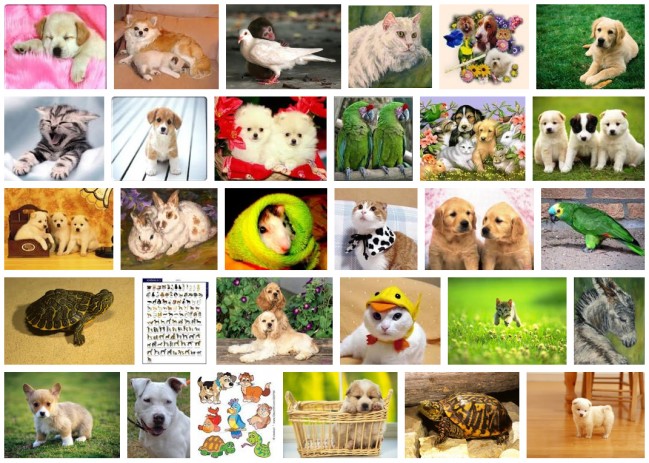Chances are that you have a pet. And, whether you’re a dog person or a cat person, or a bird fancier or a lover of lizards you’d probably mourn if you were to lose your furry, or feathery or scaly, friend. So, when your pet crosses over to the other side why not pulverize her or him, filter out any non-carbon remains and then compress the results into, well, a diamond!
[div class=attrib]From WSJ:[end-div]
Natalie Pilon’s diamond is her best friend.
Every time she looks into the ring on her finger, Ms. Pilon sees Meowy, her late beloved silver cat. Meowy really is there: The ring’s two diamonds were made from her cremated remains.
“It’s a little eccentric—not something everyone would do,” says Ms. Pilon, a biotech sales representative in Boston, whose cat passed away last year. “It’s a way for me to remember my cat, and have her with me all the time.”
Americans have a long tradition of pampering and memorializing their pets. Now, technology lets precious friends become precious gems.
The idea of turning the carbon in ashes into man-made diamonds emerged a decade ago as a way to memorialize humans. Today, departed pets are fueling the industry’s growth, with a handful of companies selling diamonds, gemstones and other jewelry out of pet remains, including hair and feathers.
Some gems start at about $250, while pet diamonds cost at least $1,400, with prices based on color and size. The diamonds have the same physical properties as mined diamonds, purveyors say.
LifeGem, an Elk Grove Village, Ill., company, says it has made more than 1,000 animal diamonds in the past decade, mostly from dogs and cats but also a few birds, rabbits, horses and one armadillo. Customers truly can see facets of their pets, says Dean VandenBiesen, LifeGem’s co-founder, because “remains have some unique characteristics in terms of the ratios of elements, so no two diamonds are exactly alike.”
Jennifer Durante, 42 years old, of St. Petersburg, Fla., commissioned another company, Pet Gems, to create a light-blue zircon gemstone out of remains from her teacup Chihuahua, Tetley. “It reminds me of his eyes when the sun would shine into them,” she says.
Sonya Zofrea, a 42-year-old police officer in San Fernando, Calif., has two yellow diamonds to memorialize Baby, a black cat with yellow eyes who wandered into her life as a stray. The first contained a blemish, so maker LifeGem created another one free of charge with the cat’s ashes. But Ms. Zofrea felt the first reminded her most of her occasionally naughty kitty. “When I saw the imperfection, I thought, that’s just her,” says Ms. Zofrea. “She’s an imperfect little soul, aren’t we all?”
A spokesman for the Gemological Institute of America declined to comment on specific companies or processes, but said that synthetic diamonds, like naturally occurring ones, are made of carbon. “That carbon could come from the remains of a deceased pet,” he said.
Producing a one-carat diamond requires less than a cup of ashes or unpacked hair. Sometimes, companies add outside carbon if there isn’t enough.
[div class=attrib]Read the entire article following the jump.[end-div]
[div class=attrib]Image courtesy of Google search.[end-div]

